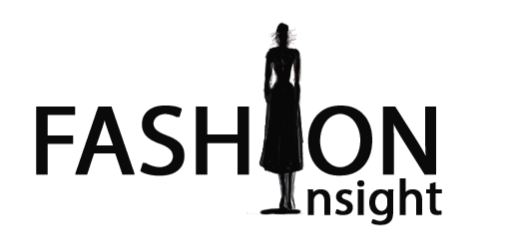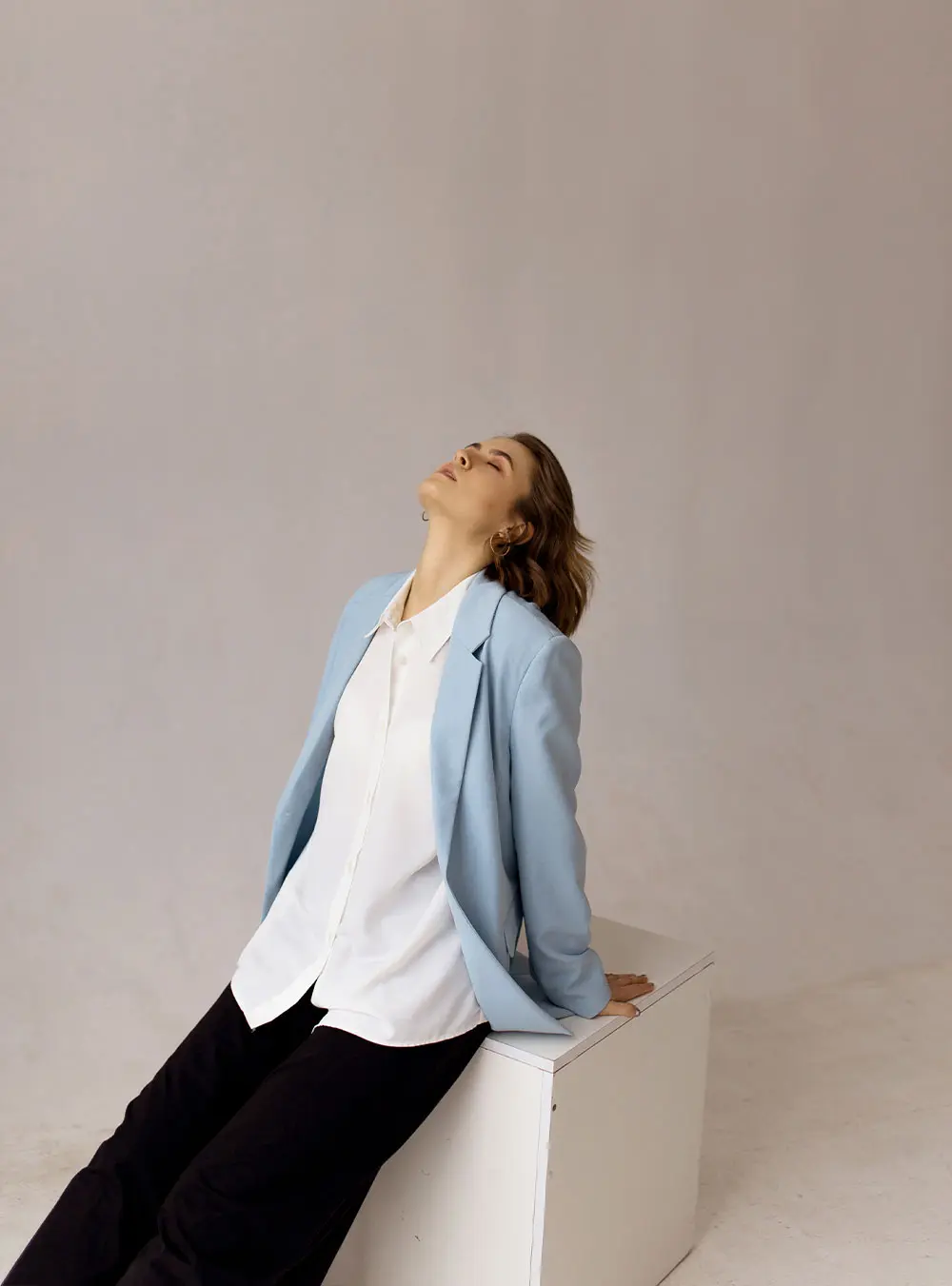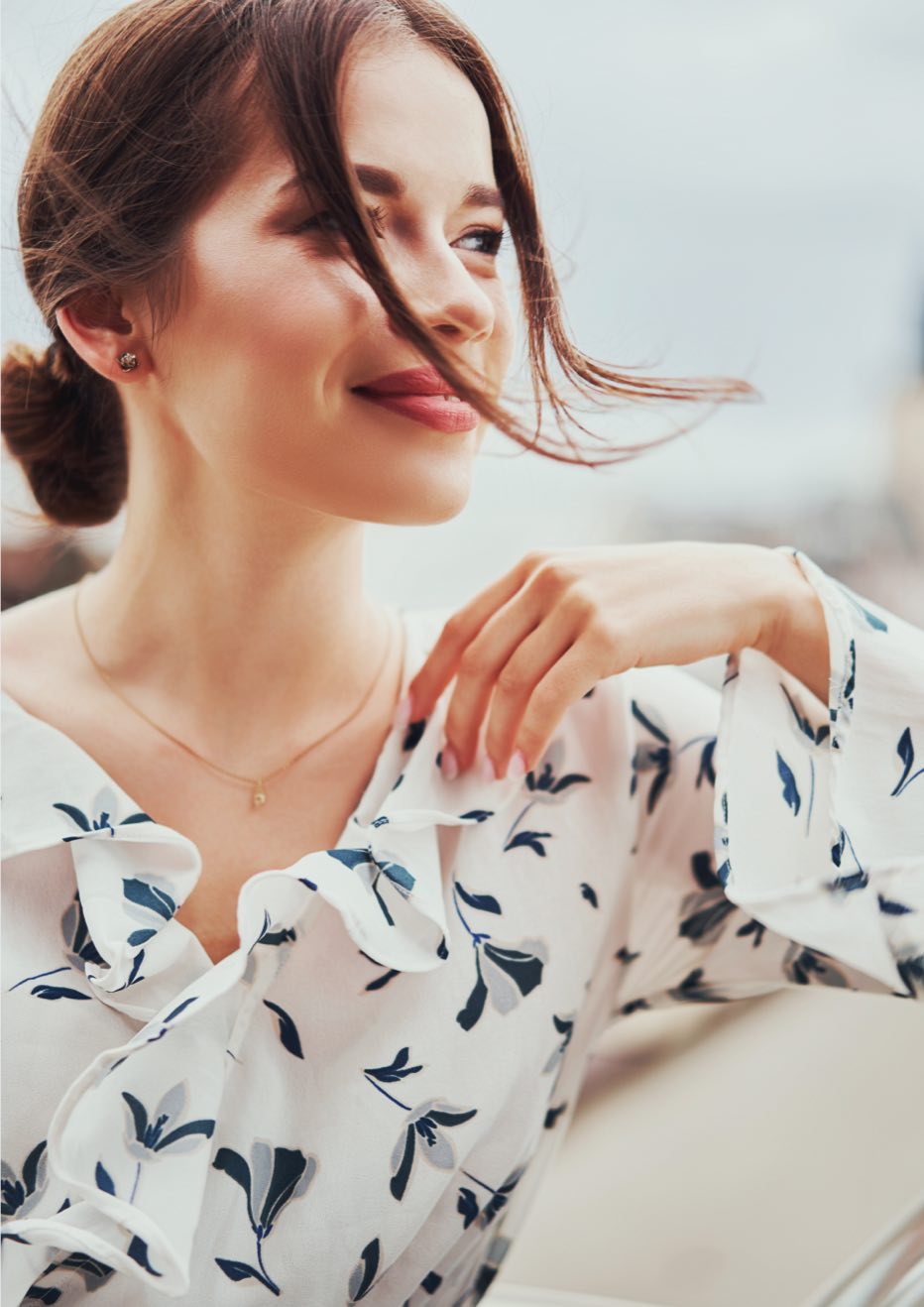Sheena Sood is the founder and designer of the Brooklyn-based fashion brand Abacaxi. An artist and former assistant to womenswear designer Tracy Reese, Sood launched her first full collection in spring 2020, just before the pandemic hit. “I panicked briefly, but then I started making masks in my apartment,” she recalls.
“They were something people needed urgently, and they were the only thing I could think of to contribute.” The masks — beaded, printed, tie-dyed, and beautiful — turned out to be Abacaxi’s saving grace, and the brand, which produces everything in small, sustainable batches in India and Peru, saw its first wave of growth.
As a minority and queer-identifying woman, Sood says that a lack of representation — as well as misrepresentation and cultural appropriation within the fashion industry — compelled her to launch her own line with designs inspired by her personal experiences, particularly childhood visits to India.
“There I first experienced daily life in saturated color,” she writes, and indeed, Abacaxi pieces are rich with vivid, brilliant color.
Named for the Portuguese word for ‘pineapple,’ the brand captures a boozy, tropical aesthetic that seems almost edible, offering a thrilling counterpoint to the neutral color story that dominates so much contemporary fashion.
Below, Sood talks about how she built a business that survived — and thrived — during a pandemic.
On turning a side-hustle into a business:
Abacaxi started as a creative project while I was still working as a textile designer at other brands. I wanted to use traditional Indian textiles, and bring them into our everyday wardrobe in a fresh way, so I started making one-off pieces with vintage shisha (mirror-work) patches I had collected in Rajasthan, India.
I remember [getting the idea] in February in Brooklyn when I was putting together my first capsule. For some reason I started thinking about the time I’d spent traveling in Bahia, Brazil, many years prior. There was a carefree feeling of being on the beach in Morro de Sao Paolo. The fruit sellers would sing out the names of the fruits they were carrying around the island. I’ve always loved the word abacaxi and decided I wanted my brand to be imbued with that tropical and joyous memory.
On money and hard choices:
Giving up the stability of a regular salary felt like a difficult decision at first, but that’s why I started my line while still freelancing — to sort of test things out and see if it could work. In the end, it really wasn’t difficult to walk away at all. It became very clear I had to follow my heart and do what I’m passionate about.
It’s an investment to start a fashion line. I started super small, but you still have to pay for all of the sampling and production, at the very least. I started with a small loan from my family in 2013, and I continued to work other gigs as a designer at the same time. Along the way, I took a full-time job and paused my business for three years. But I was able to save a significant amount from that job, and I used those savings to start fresh in 2018. Since then I haven’t taken out any loans — I just keep putting my own earnings back into the business. While it was a loss initially, it totally paid off in the long run.
On doubt:
I had so many doubts, and I’m still sort of working through some of them. First off, I had no entrepreneurial experience and no idea what a business plan was supposed to look like. I also didn’t have a degree in fashion design — I didn’t go to fashion school, so I doubted whether or not I knew enough to start a fashion line.
I did, however, know a lot about textile design and color, and I knew much much more than I’d first realized after working in the industry for a few years.
On dealing with rejection:
For some reason it’s always the mistakes and the bad advice that stands out in our minds more than the good advice. One store owner I met with told me to use “more normal-looking” models for my lookbooks. It was so confusing at the time. I just thought — is that really the only reason stores are not placing orders?
I faced rejection from wholesale partners and stores. I started to wonder if I wasn’t doing the right thing, or if the business wasn’t going to work. But then I adjusted — I realized I could try to do things differently. This was around the same time that direct-to-consumer brands were starting to be more common in fashion, and I focused on that and pop-ups when I relaunched in 2018. It worked really well, and gave me a better understanding of my customer base, too. Sometimes you just have to keep trying new things, and figuring out ways to adjust.
On that first moment of success:
2020 was a wild ride, but looking back on it, it was also the first year that Abacaxi really felt successful. Vogue featured a preview of my first full collection, “Fruit Nostalgia,” in October 2019, and the mask project led to so much growth by driving customers to our website.
Eventually, we started selling our collection items as well. Our direct sales and customer base grew, and we were able to give back to several different initiatives such as the New Sanctuary Coalition, the LGBTQ Freedom Fund, G.L.I.T.S., and the Okra Project, to name a few.
I’m really proud of our ethical approach to all aspects of the business, from our garment production — which creates work for artisans doing work that is at risk of disappearing — to the way we work with other BIPOC and LGBTQ creatives, with a focus on inclusivity.
On avoiding burnout:
The lack of balance is such a struggle. When you own your own business, the work nevers really shuts off, and it’s something I’m constantly facing. I only recently hired an assistant. I work with a production partner and contractors for certain things like PR, but up until a few months ago I was doing almost everything — that’s everything from marketing, operations, shipping, and graphic design, to sales. I’m still doing almost everything — a friend of mine calls me Sheena the Machina.
What has helped me is a daily pranayama and meditation practice called Sudarshan Kriya. I learned about it seven years ago, and it has changed my approach to many aspects of life. The full practice takes a little under an hour, but when I’m regular with it, more time opens up in my day — that’s because of my own focus and mental state, really.
It’s amazing how meditation can lead to so much creativity and an explosion of ideas as well. My collection for this summer is called “Everything Is Within You,” and it is inspired by that very concept — the celebration that happens within.
Orignally published by the Cut


